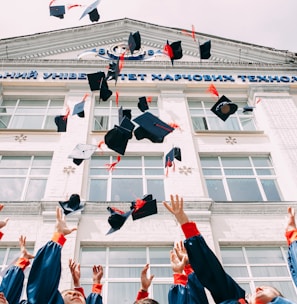
Rotor Dynamics Engineer
A Rotor Dynamics & Aeromechanics Engineer is a specialized professional who focuses on the dynamics and behavior of rotating systems, particularly within the context of aerospace and turbomachinery applications. Their primary responsibility is to ensure the safe and reliable operation of rotating components, such as rotors, turbines, compressors, and propellers, in aircraft, helicopters, and other rotating machinery.
Rotor Dynamics Analysis: Conducting detailed analyses of rotor systems to understand their dynamic behavior, including natural frequencies, mode shapes, critical speeds, and stability margins. This analysis helps in designing rotors that avoid harmful resonances and instabilities.
Aeromechanics Analysis: Studying the interaction between aerodynamic forces and rotor dynamics. Aeromechanics engineers assess phenomena such as blade flutter, forced response, and vortex-induced vibrations to ensure the rotor's stable performance and avoid potential aeromechanical instabilities.
Design Optimization: Developing and optimizing rotor designs to achieve the desired performance, efficiency, and reliability while minimizing vibrations and stresses that could lead to fatigue and failure.
Rotor Balancing: Ensuring proper rotor balancing to reduce vibrations and improve the overall stability and efficiency of the rotating system.
Dynamic Stability and Control: Implementing control strategies to maintain the dynamic stability of rotating systems under various operating conditions, including during startups, shutdowns, and transient maneuvers.
Vibration Analysis and Monitoring: Analyzing and monitoring rotor vibrations to detect any anomalies or potential faults in the rotating machinery.
Blade and Disk Design: Collaborating with the design team to ensure the blades and disks are structurally sound and aerodynamically efficient. Conducting experimental tests and validating rotor dynamics models through testing on rotating machinery or rigs.
Fatigue and Life Assessment: Assessing the fatigue life of rotating components and ensuring that they meet required durability and reliability standards. Working on the design and optimization of bearing and lubrication systems to reduce friction and wear in rotating machinery.
Failure Analysis and Troubleshooting: Investigating and analyzing any failures or malfunctions in rotating systems and proposing corrective measures to prevent future occurrences. Staying updated with the latest developments in rotor dynamics and aeromechanics to contribute to advancements in the field and improve the performance and safety of rotating machinery.
keys Roles and Responsibility






Software Skills
ANSYS Fluent - Aeromechanics of Turbomachinery Blades
ANSYS Mechanical - Aeromechanics of Turbomachinery Blades
ANSYS Mechanical - Rotodynamic
Dymore - Flexible MBS Dynamic Response Analysis
Matlab - Rotor Systems Analysis and Identification
Technical Skills
Rotary Wing Aeromechanics
Understanding of Aeromechanics - Fluttering
Understanding of Vibration measurements, Spectrum Analysis and Tribology
Certification
How to become Vibration Analyst?
